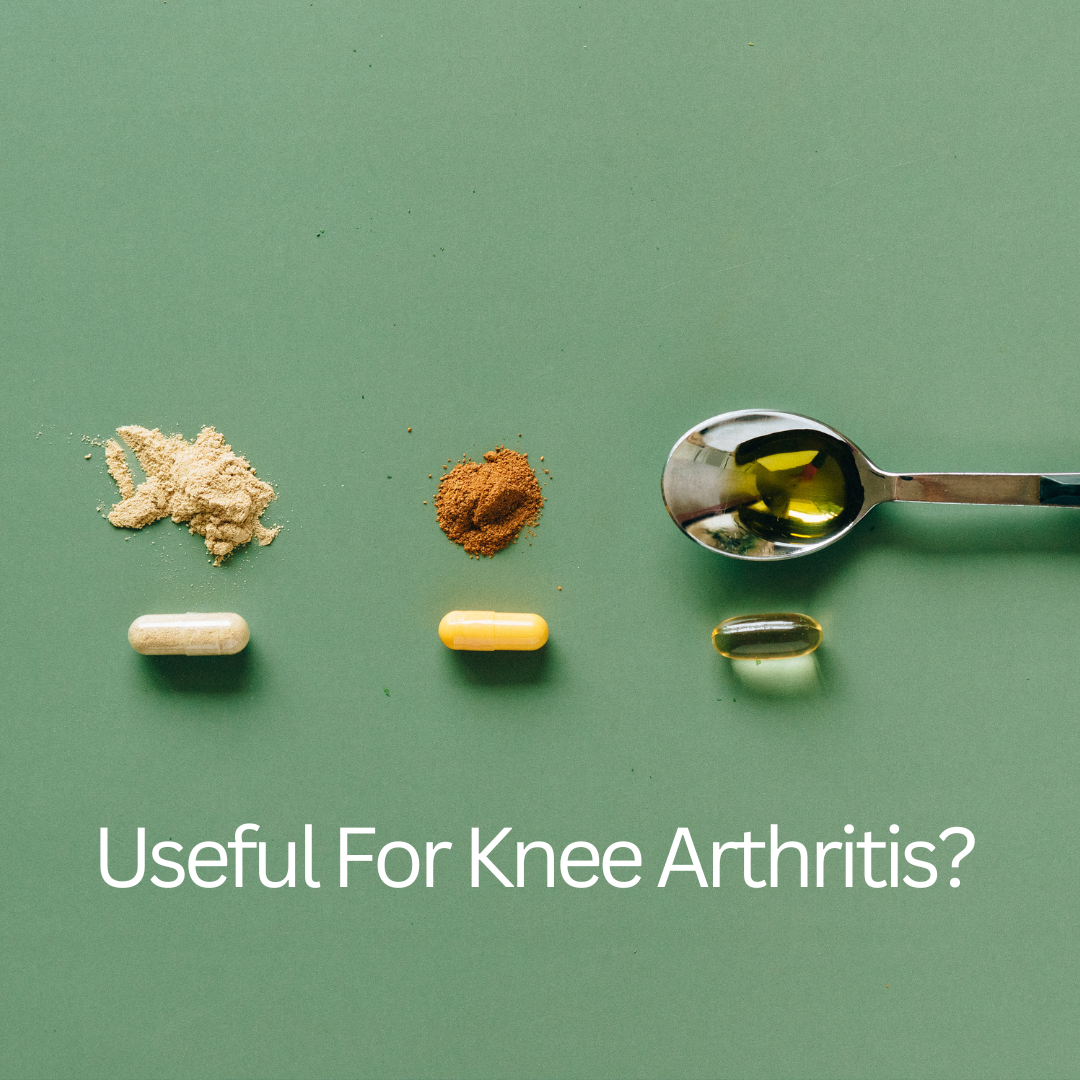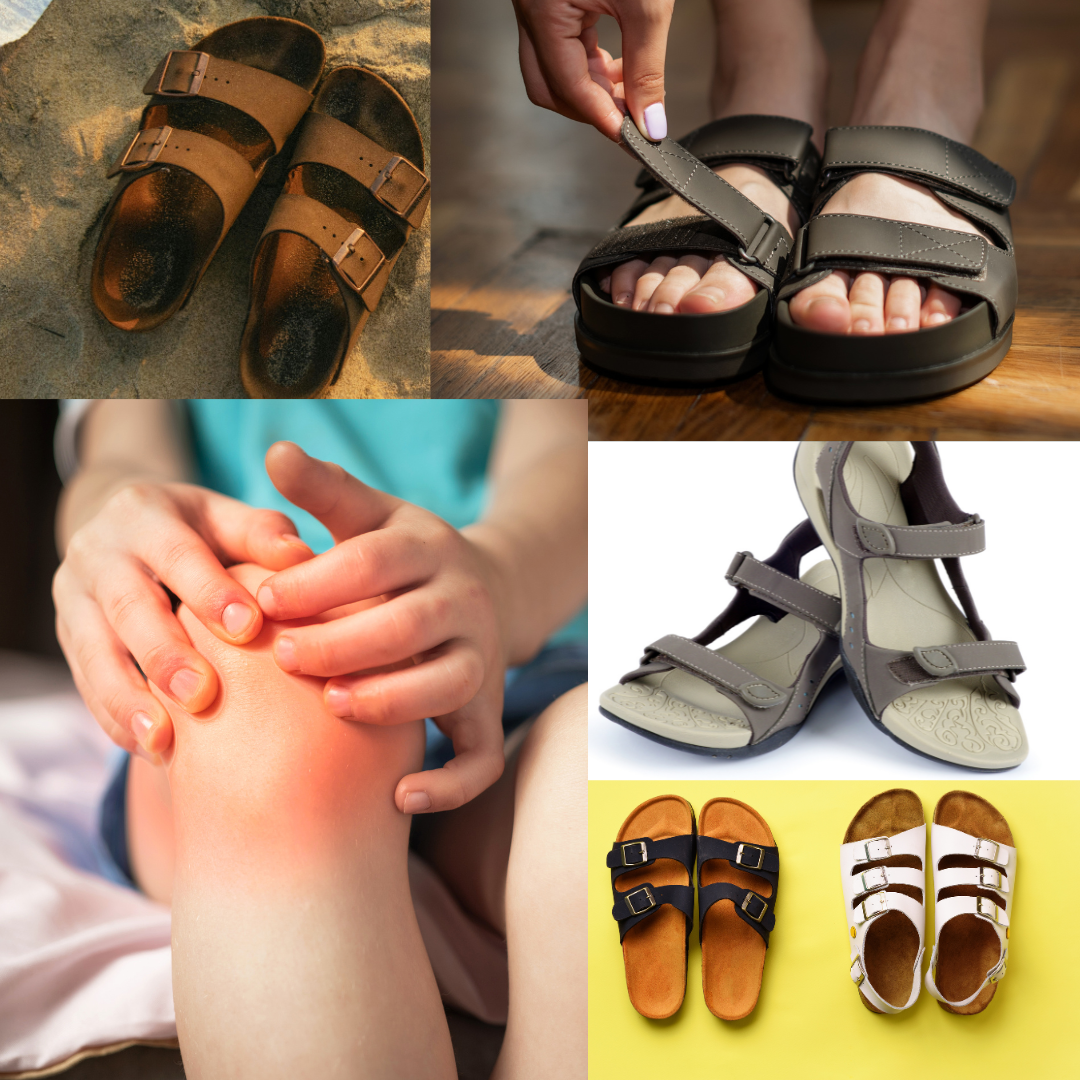
Chronic Pain
-

The Truth About Supplements for Knee Arthritis: What Works & What’s a Waste of Money
Date:
By:
Introduction If you have knee arthritis, you’ve likely heard about supplements that claim to reduce pain, rebuild cartilage, or improve joint health. But with so many options—glucosamine, chondroitin, collagen, turmeric, and more—it can be hard to know which ones actually work and which are just hype. In this article, we’ll break down the science behind…
-

Chronic Pain and Movement: Why Staying Active Helps
Date:
By:
Introduction When you’re living with chronic pain, the idea of movement can be daunting. You may feel that exercise will only worsen the pain or that your body isn’t capable of physical activity. However, staying active is one of the most important things you can do to manage chronic pain and improve your overall well-being.…
-

Mindfulness Techniques for Pain Management
Date:
By:
Introduction Chronic pain is not just physical – it can affect your mental and emotional well-being too. Many individuals living with chronic pain report feelings of frustration, anxiety, or even depression, which can make managing pain even more challenging. One of the most effective ways to take control of your pain experience is through mindfulness…
-

The Best Sandals for Arthritic Knees: Supportive Styles for Summer (Women’s Edition)
Date:
By:
Introduction For those with arthritic knees, finding the right sandals can be tricky. While sandals are ideal for warmer weather, they often lack the structure and support necessary to protect arthritic joints. However, there are many options designed with stability, arch support, and cushioning to help relieve knee pain. In this guide, we’ll explore the…
-

Managing Joint Pain and Instability in Hypermobility: A Physiotherapist’s Guide
Date:
By:
Introduction Hypermobility can often lead to a frustrating combination of joint pain and instability. When the connective tissues supporting the joints are more elastic than usual, people with hypermobility may struggle with joint alignment, stability, and frequent discomfort. Managing these symptoms effectively is crucial for maintaining function and reducing the risk of injury. In this…
-

Thriving with Hypermobility
Date:
By:
Thriving with Hypermobility Living with hypermobility can present unique challenges, from managing pain to avoiding injuries. However, with the right mindset and strategies, you can navigate these challenges effectively and lead a fulfilling life. Here are some quotes to inspire and empower you as you manage hypermobility. Embrace Your Unique Strengths “Strength does not come…
-

Surgery for Spinal Stenosis: When Is It the Right Choice?
Date:
By:
Introduction Spinal stenosis is a common condition that results from the narrowing of the spaces within the spine, which can put pressure on the nerves and cause pain, numbness, or weakness in the back and legs. While many people manage their symptoms through non-surgical methods such as exercise, medication, and physiotherapy, there are cases where…
-

Best Exercises for Spinal Stenosis: Reduce Pain Through Exercise.
Date:
By:
Introduction If you have spinal stenosis, you know how debilitating the condition can be. However, with the right exercise routine, you can manage your symptoms and even reduce pain. People with spinal stenosis are often put off exercise as activities like walking can increase pain. One of the most effective approaches for spinal stenosis is…
-

The Best Shoes for Spinal Stenosis: How Footwear Can Help Ease Your Pain
Date:
By:
Spinal stenosis can be a painful and debilitating condition, often causing discomfort in the lower back, legs, and feet. While managing spinal stenosis typically involves medical treatment and physiotherapy, you may not realise that the shoes you wear can also impact your comfort and mobility. How Spinal Stenosis Affects Your Feet and Lower Back Spinal…
-

How Walking Aids Can Help Spinal Stenosis Patients: Improve Mobility and Reduce Pain
Date:
By:
Introduction For those living with spinal stenosis, walking can become increasingly painful. However, using a walking aid such as a cane, stick, or rollator can provide much-needed support and help you stay active. They can also reduce your pain! Walking aids are particularly helpful for encouraging a forward-leaning posture, which is known to relieve spinal…
Is Your Posture Causing You Pain?
